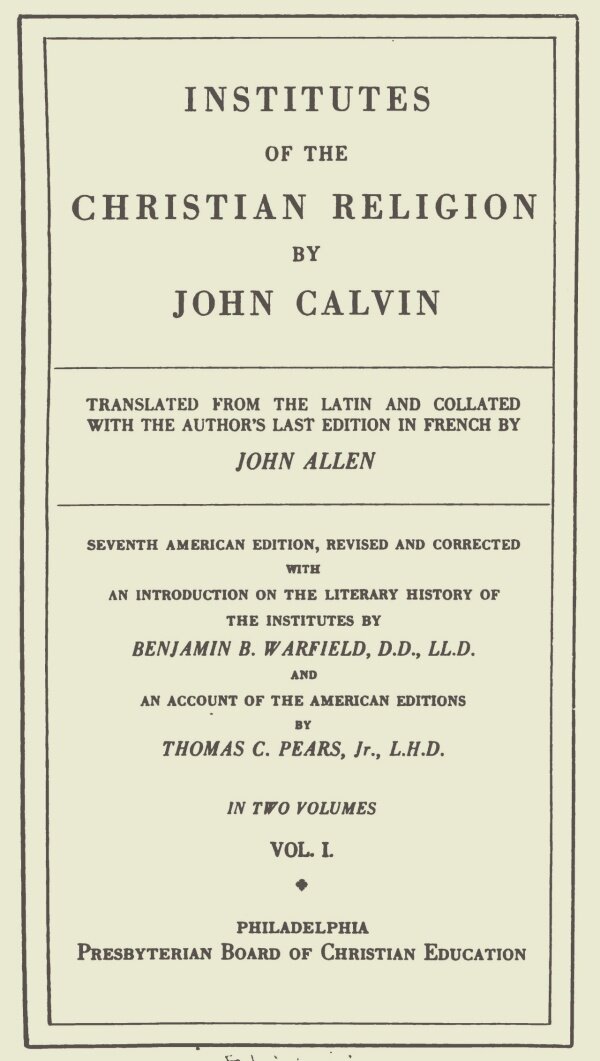Receive our blog posts in your email by filling out the form at the bottom of this page.
“All our Discontents about what we want, appeared to me, to spring from the want of Thankfulness for what we have….‘Tis never too late to be wise.” — Daniel Defoe, Robinson Crusoe (1719, 1868), pp. 131-132, 178
The classic tale of Robinson Crusoe by Daniel Defoe was first published on April 25, 1719. Supposedly inspired by the real-life experiences of castaway Alexander Selkirk, Defoe’s novel pioneered the literary genre now known as the Robinsonade.
While the story of Crusoe’s adventures on the island and his later travels all around the world are legendary, the life of the author is in many ways just as intriguing, as James O. Murray tells us in The Author of Robinson Crusoe (1890). Daniel Defoe (1660-1731) lived through tumultuous times in English politics, and used his pen to craft some of the most memorable stories in English literature, often with a satirical wit biting enough to land him in prison. He was a Protestant dissenter who seems to have borrowed the last name of his protagonist from his friend and classmate, Puritan Timothy Cruso, author of God the Guide of Youth (1695), a sermon whose passages in some cases are mirrored in Robinson Crusoe.
I am monarch of all I survey,
My right there is none to dispute;
From the centre all round to the sea
I am lord of the fowl and the brute.
O Solitude! where are the charms
That sages have seen in thy face?
Better dwell in the midst of alarms
Than reign in this horrible place.
…
There's mercy in every place,
And mercy, encouraging thought!
Gives even affliction a grace,
And reconciles man to his lot. — William Cowper, Verses, Supposed to be Written by Alexander Selkirk, During His Solitary Abode in the Island of Juan Fernandez (1793)
An 1820 edition of Robinson Crusoe was published in Latin by Joseph P. Engles, author of the Catechism For Young Children. As a young man, Timothy Flint “was extravagantly fond of books of voyages and of travels. He disliked the cities and delighted to imagine himself in the position of Robinson Crusoe” (Timothy Flint: Pioneer, Missionary, Author, Editor, 1780-1840 [1911], p. 33). Robinson Crusoe was a favorite read of the future pastor of the Old Pine Street Presbyterian Church in Philadelphia, Thomas Brainerd (Life of Rev. Thomas Brainerd, D.D., For Thirty Years Pastor of Old Pine Street Church, Philadelphia [1870], p. 21). Missionary William P. Alexander once visited “Juan Fernandez, the famous residence of Alexander Selkirk, alias Robinson Crusoe” in 1832 (Mission Life in Hawaii: Memoir of Rev. William P. Alexander [1888], p. 31). Southern Presbyterian minister and author F.R. Goulding was directly inspired by Defoe to write Robert and Harold: or, The Young Marooners on the Florida Coast (1852). W.G.T. Shedd’s edition of the works of Samuel Taylor Coleridge (Vol. 4 [1856]) includes Coleridge’s notes on Robinson Crusoe. Thomas Smyth wrote of the literature he enjoyed in his youth, remarking that “Robinson Crusoe was a great favourite” (Autobiographical Notes, p. 11, [1914]). Henry H. Jessup reports sharing an Arabic translation of Robinson Crusoe with a gentleman in Fifty-Three Years in Syria, Vol. 1 (1910). James F. and Harriet H. Holcomb wrote of the influence of Robinson Crusoe in their missionary experiences in In the Heart of India; or, Beginnings of Missionary Work in Bundela Land (1905), pp. 186-187.
These are but a fraction of the known references to this literary classic among Presbyterian authors at Log College Press. A book whose influence has spanned the globe and inspired millions is worthy of remembrance on this day in history. Happy birthday, Robinson Crusoe!





